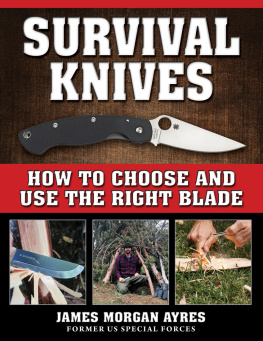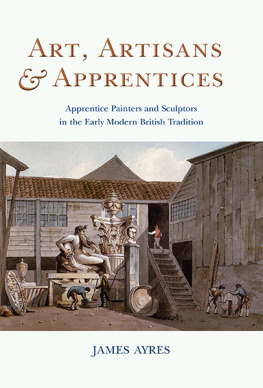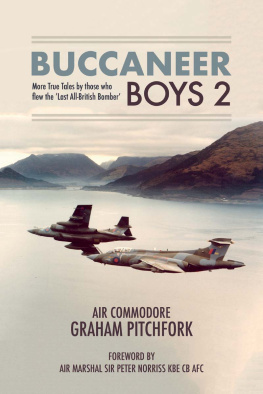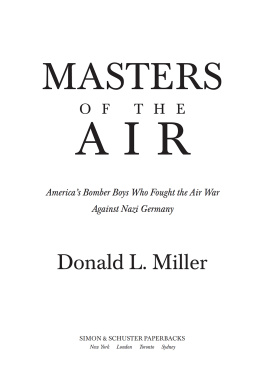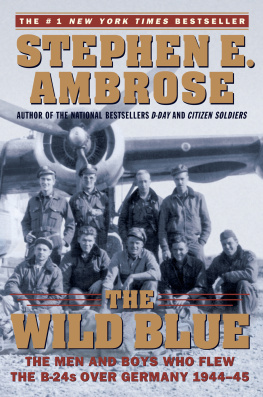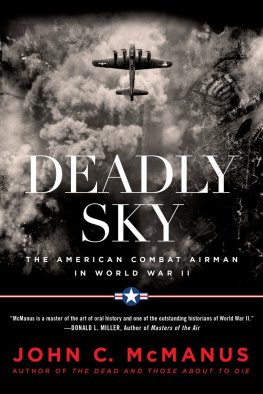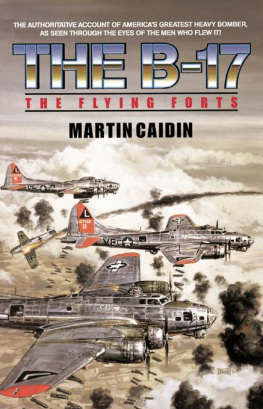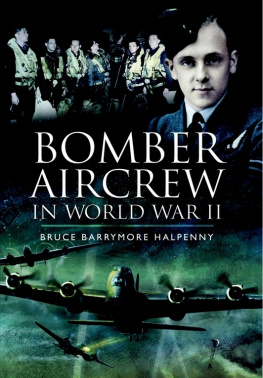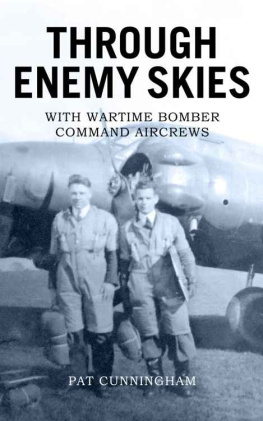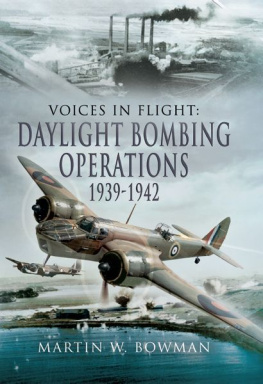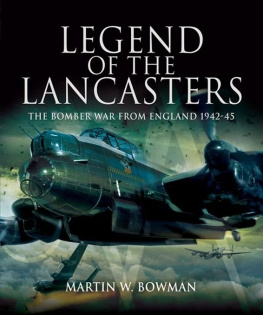Table of Contents
NAL Caliber
Published by New American Library, a division of
Penguin Group (USA) Inc., 375 Hudson Street,
New York, New York 10014, USA
Penguin Group (Canada), 90 Eglinton Avenue East, Suite 700, Toronto,
Ontario M4P 2Y3, Canada (a division of Pearson Penguin Canada Inc.)
Penguin Books Ltd., 80 Strand, London WC2R 0RL, England
Penguin Ireland, 25 St. Stephens Green, Dublin 2,
Ireland (a division of Penguin Books Ltd.)
Penguin Group (Australia), 250 Camberwell Road, Camberwell, Victoria 3124,
Australia (a division of Pearson Australia Group Pty. Ltd.)
Penguin Books India Pvt. Ltd., 11 Community Centre, Panchsheel Park,
New Delhi - 110 017, India
Penguin Group (NZ), 67 Apollo Drive, Rosedale, North Shore 0632,
New Zealand (a division of Pearson New Zealand Ltd.)
Penguin Books (South Africa) (Pty.) Ltd., 24 Sturdee Avenue,
Rosebank, Johannesburg 2196, South Africa
Penguin Books Ltd., Registered Offices:
80 Strand, London WC2R 0RL, England
Published by NAL Caliber, an imprint of New American Library, a division of Penguin Group (USA) Inc. Previously
published in an AuthorHouse edition.
First NAL Caliber Printing, October 2009
Copyright Travis L. Ayres, 2005
eISBN : 978-1-101-14536-4
All rights reserved
NAL CALIBER and the C logo are trademarks of Penguin Group (USA) Inc.
Without limiting the rights under copyright reserved above, no part of this publication may be reproduced, stored in or introduced into a retrieval system, or transmitted, in any form, or by any means (electronic, mechanical, photocopying, recording, or otherwise), without the prior written permission of both the copyright owner and the above publisher of this book.
PUBLISHERS NOTE
While the author has made every effort to provide accurate telephone numbers and Internet addresses at the time of publication, neither the publisher nor the author assumes any responsibility for errors, or for changes that occur after publication. Further, publisher does not have any control over and does not assume any responsibility for author or third-party Web sites or their content.
The scanning, uploading, and distribution of this book via the Internet or via any other means without the permission of the publisher is illegal and punishable by law. Please purchase only authorized electronic editions, and do not participate in or encourage electronic piracy of copyrighted materials. Your support of the authors rights is appreciated.
http://us.penguingroup.com
Dedicated to all the boys who flew the Forts
Acknowledgments
At first reluctant to talk about their experiences and even more reluctant to have the word hero applied to them, Anthony Teta, Peter Scott (Seniawsky), Art Frechette, George Ahern and Bob Valliere offered their time, their memories and their patience to the author. Without the contribution of any of these five men, The Bomber Boys would be an incomplete work. I have thanked them many times during this project, and I thank them again.
John Conners was an early inspiration for this book, and his wife, Helen, was gracious and helpful. Former B-17 airmen Charles Armstrong, Jerry Chart, John Cuffman, Philip Duke, William Jack Ferguson, Charles Lyon, Frank Pogorzelski, Paul Spodar and Michael Swana were as open and cooperative as the original five Bomber Boys. Most of them I only met by telephonea situation I deeply regret.
Tom Ayres was the most talented writer I have ever personally known. He was also my writing coach, my brother and my best friend. His feedback and encouragement during this project was very helpful and greatly appreciated.
Jim Donovan is a great agent. Every author should have an editor as easy to work with as Brent Howard at NAL Caliber.
Special thanks to my wife, Elizabeth, and my daughters, Alissa and Tina. Each of them inspires me in their own way.
Introduction
In 1996 my wife and I were renting a house on a small horse ranch in Connecticuts Totoket Valley. Our landlord was an outgoing and energetic gentleman named Anthony Teta. His friends called him Tony.
Tony was twenty-five years older than myself, but we soon discovered we shared many common interests and we became quick friends. Because of Tonys youthful appearance and seemingly boundless energy, I never even thought of him as being part of the World War II generation. He certainly never approached the subject.
One afternoon as we drank iced tea on his patio, I happened to mention a television program I had seen about the Eighth Air Force and its operations during the Second World War. I was surprised when Tony said:
Yeah, I was in the Eighth.
You were? What did you do?
I was a navigator on a B-17 with the 305th Bomb Group, Tony replied casually.
How many missions did you fly? I asked, sensing a story.
Thirty-five missions. He said it in the same even tone with which he might have asked, Do you want more tea?
I asked more questions, but Tony changed the subject, saying, It was a long time ago. I dont remember many specifics.
Out of respect for my new friend, I let the matter drop, but over the next few weeks it kept running through my headthirty-five missions. There had to be some interesting stories in Anthony Tetas World War II days.
The idea of a book on the men of the U.S. Army Air Force was not yet part of my thinking. I was already too busy writing a book about my great-grandfather, who had been a Confederate soldier at the battles of Shiloh and Stones River.
Still, I immediately felt a connection between my Civil War ancestor and the former World War II airman. For the past two years I had worked tirelessly trying to uncover every small scrap of information available about the old Confederate. Now, here, living right next door, was a living example of the kind of men who had helped win Americas other great war.
Later, Tony introduced his friend John Conners to me with the comment, John was also in the 305th.
You two served together? I asked.
No, I was there a year or so before Tony, Conners said. My interest had just doubled.
You know, I would love to sit down with you both and talk about your experiences, I said.
Were going to a meeting of Army Air Force veterans in Cheshire this Tuesday. Youre welcome to come along, Tony offered.
We can talk a little on the drive there, John seconded the invitation. I gladly accepted. In fact, I would accompany the two 305th veterans to many of the monthly meetings of the Army Air Force Roundtable of Connecticut, in Cheshire, and occasional meetings of Connecticuts Eighth Air Force Historical Society, in Hamden, during the coming months. Soon, I was on a first-name basis with several other former B-17 airmen. As these men began to realize my interest in their past was sincere, most of them began to open upsharing a story here and there.
I liked it best when I could sit with two or three of the veterans at once. On those occasions, I would simply listen as the airmen became lost in their own conversations about the war. Sometimes, for a second or two as I watched Tony Teta describing a particularly vivid incident, I could almost catch a glimpse of the nineteen-year-old navigation officer he had been during World War II.
For a history buff like me, it was heaven. It reminded me of what the great Civil War historian, Bruce Catton, had once written about his boyhood. As a youngster, Catton had sat listening as the old Union veterans of his hometown had told their war stories. Those early encounters had remained precious to Catton decades later, even after he had written his Pulitzer Prize-winning Civil War classic,


